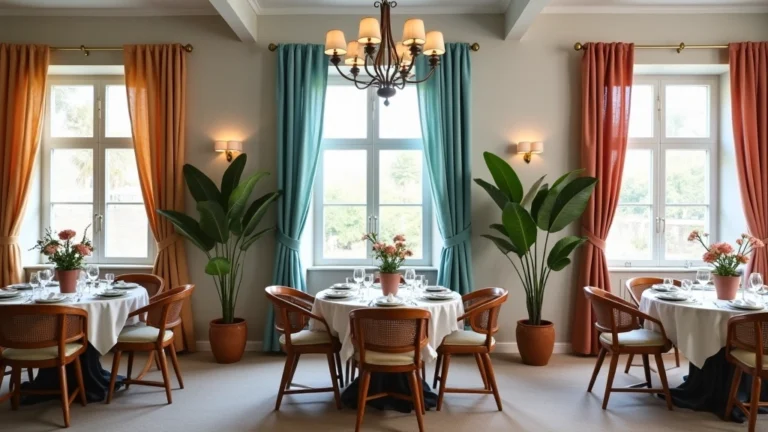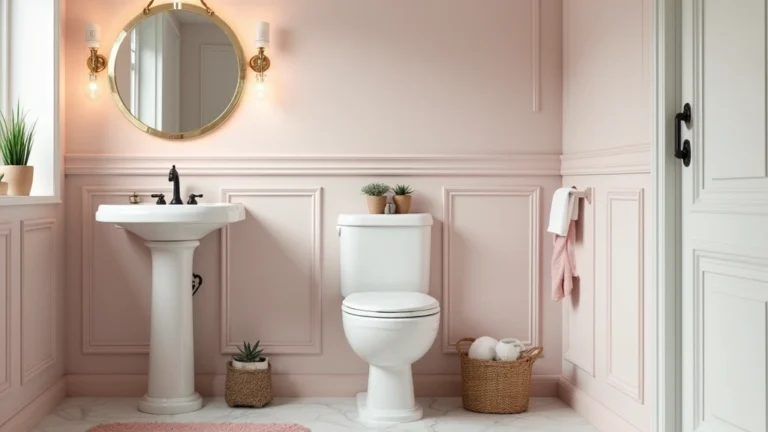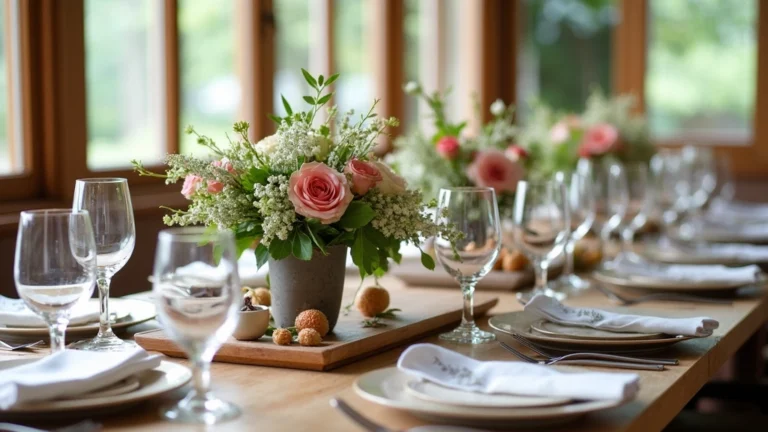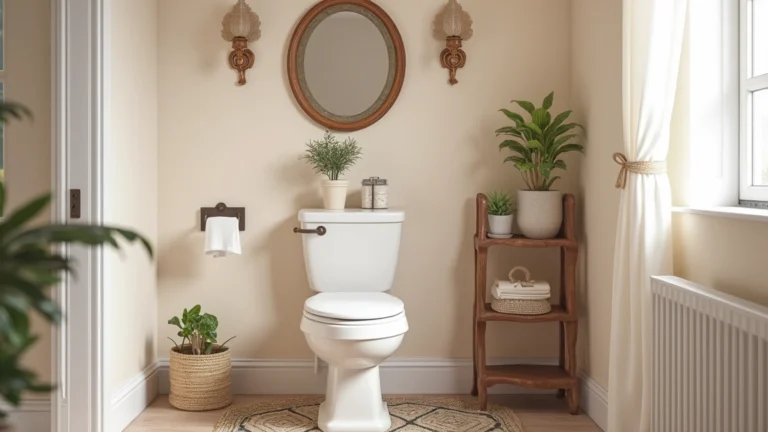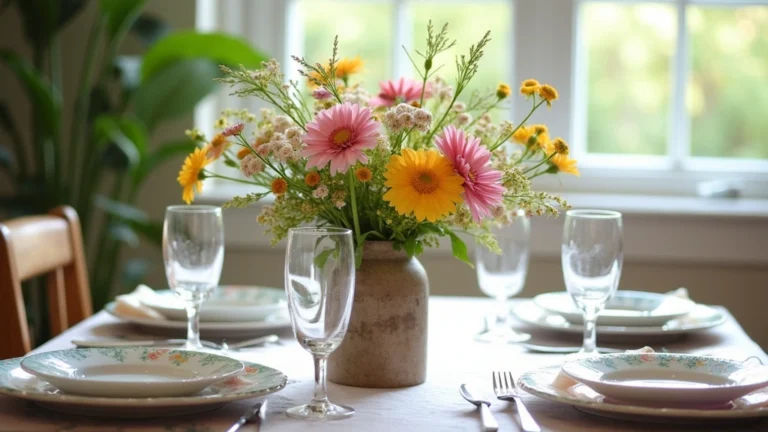20 Hanging Plants Indoor Ideas: Bring Life to Your Home
Indoor plants have a magical way of transforming any space from dull to delightful. But when you start looking up at your ceilings, curtain rods, and corners, you realize—there’s a whole world of vertical real estate just begging to be used. That’s where hanging plants come in. Whether you live in a tiny studio or a big suburban house, these dangling green beauties add freshness, purify your air, and even help reduce stress.
In this article, we’ll walk through 20 of the best indoor hanging plant ideas, each explained in detail so you know exactly how to care for them and where to hang them. Think of it as your secret gardening cheat sheet, passed from a friend who’s already killed (and resurrected) more than a few houseplants.
1. Spider Plant (Chlorophytum comosum)
The spider plant is like the golden retriever of the houseplant world: loyal, forgiving, and always cheerful. With its striped green-and-white leaves and the little baby “spiderettes” that dangle from the mother plant, it’s perfect for hanging baskets.
- Care: Thrives in indirect light, tolerates low light, and only needs water once the soil dries out.
- Why it’s great: NASA’s Clean Air Study showed spider plants remove toxins like formaldehyde from indoor air. Plus, the baby plants can be replanted—so you get free plants just for keeping it alive.
2. Boston Fern (Nephrolepis exaltata)
Imagine a lush green pom-pom hanging in your living room—that’s the Boston Fern. It has a timeless, almost Victorian charm.
- Care: Loves humidity and indirect light. Keep the soil moist (but not soggy). A bathroom with a window is ideal.
- Tip: Mist it regularly. I once kept a Boston fern in a dry apartment and it crisped faster than toast.
3. English Ivy (Hedera helix)
The cascading trails of English Ivy look like nature’s version of a chandelier. It’s classic, romantic, and easy to style.
- Care: Needs bright, indirect light. Water when the soil surface feels dry.
- Bonus: It’s known to reduce mold spores in the air, according to a 2005 study from the American College of Allergy, Asthma & Immunology.
4. String of Pearls (Senecio rowleyanus)
This plant looks like someone spilled a necklace of green beads over a basket. The string of pearls is quirky, fun, and a total conversation starter.
- Care: Needs bright light and infrequent watering—treat it like a succulent.
- Personal note: I once overwatered mine and the pearls literally popped. Lesson learned: less is more.
5. Pothos (Epipremnum aureum)
If plants had a “beginner’s edition,” it would be pothos. They can survive in low light, tolerate neglect, and still manage to trail down beautifully.
- Care: Water once the top soil is dry. Works in low to bright light.
- Why it’s great: Fast-growing, so you’ll feel like a pro gardener when you see long green vines covering your shelves.
6. String of Hearts (Ceropegia woodii)
With tiny heart-shaped leaves, this one looks like a love letter written in vines. String of Hearts is delicate yet resilient.
- Care: Prefers bright, indirect light. Allow soil to dry out between waterings.
- Fun fact: Native to South Africa, it’s also called “Rosary Vine.”
7. Bird’s Nest Fern (Asplenium nidus)
Unlike the frilly Boston fern, the bird’s nest fern has broad, wavy leaves that look like they’re stretching toward the sun.
- Care: Keep soil moist, loves humidity, indirect light.
- Tip: Avoid direct sun—it can scorch the leaves.
8. Philodendron Brasil
This beauty looks like it’s been hand-painted. Its heart-shaped green leaves splashed with yellow variegation make Philodendron Brasil a showstopper.
- Care: Very forgiving—water when top inch of soil dries out. Tolerates low light.
- Personal win: Mine grew so long it wrapped around my curtain rod—like nature’s garland.
9. String of Bananas (Senecio radicans)
Yes, the name is as fun as the plant. String of Bananas has cascading vines with banana-shaped leaves that look like tiny green charms.
- Care: Needs bright light and minimal watering.
- Why it’s fun: Grows faster and is easier than String of Pearls.
10. Maidenhair Fern (Adiantum)
The maidenhair fern is elegant with its lacy, fan-shaped leaves. But let’s be honest—it’s also a diva.
- Care: Needs constant moisture and high humidity. Best in bathrooms or kitchens.
- Confession: I killed three before realizing they hate being near heaters or AC vents.
11. Dischidia Nummularia (String of Nickels)
This plant’s coin-shaped leaves make it look like strings of green money. Who doesn’t want that in their house?
- Care: Bright, indirect light and moderate watering.
- Fun note: In some cultures, it’s believed to attract wealth—so hang it near your work desk.
12. Hoya Carnosa (Wax Plant)
With thick, glossy leaves and fragrant star-shaped flowers, the Hoya is both beautiful and low-maintenance.
- Care: Bright, indirect light. Let soil dry between waterings.
- Bonus: Flowers smell like a mix of vanilla and honey.
13. Lipstick Plant (Aeschynanthus radicans)
This plant earns its name because the red tubular flowers look like little tubes of lipstick peeking out.
- Care: Loves bright light, moderate watering.
- Why it’s cool: Blooms frequently, adding bursts of color.
14. Tradescantia Zebrina
The wandering Jew or Tradescantia Zebrina has purple-and-silver striped leaves that shimmer like metallic fabric.
- Care: Bright light for best colors. Water when soil dries.
- Note: Pinch stems to keep it bushy.
15. Rhipsalis (Mistletoe Cactus)
Unlike desert cacti, Rhipsalis is native to rainforests. It has long, thin stems that dangle like green noodles.
- Care: Low-maintenance. Medium to bright indirect light.
- Surprise: It even produces small white flowers and berries.
16. Peperomia Hope
This compact trailing plant has round, succulent-like leaves that look like green coins stacked together.
- Care: Bright, indirect light. Let soil dry out before watering.
- Fun fact: Peperomia plants are part of the pepper family.
17. Kangaroo Paw Fern (Microsorum diversifolium)
With oddly shaped leaves resembling kangaroo paws, this fern brings an exotic look indoors.
- Care: Thrives in low light, moderate watering.
- Tip: Hardy and great for beginners.
18. Asparagus Fern (Asparagus setaceus)
Despite its name, it’s not a true fern. Asparagus fern has feathery, cloud-like foliage that softens any space.
- Care: Bright, indirect light. Keep soil moist.
- Personal story: Mine survived months of neglect but bounced back with regular watering.
19. Curtain Fig (Ficus pumila)
Also called Creeping Fig, this one creates a cascading curtain of small leaves that looks dreamy in hanging baskets.
- Care: Bright light, regular watering.
- Bonus: Fast grower—perfect for filling empty spaces.
20. Orchids in Hanging Baskets
Yes, orchids can hang too! When planted in wire baskets with moss, orchids trail their roots and blooms in the most dramatic way.
- Care: Bright, indirect light. Water weekly, let roots breathe.
- Why it’s unique: Feels like bringing a tropical greenhouse into your living room.
Conclusion On 20 Hanging Plants Indoor Ideas
Bringing hanging plants indoors is like inviting a little piece of the jungle to share your home. Whether you want the forgiving nature of a pothos, the quirky charm of a string of pearls, or the elegance of a maidenhair fern, there’s something here for every personality and every type of home. Beyond their beauty, studies show houseplants can boost mood, reduce stress, and improve indoor air quality. Hanging them just multiplies the benefits by saving space and turning your walls and ceilings into living art.
If you’re just starting out, begin with easy-care plants like pothos or spider plants. If you’re feeling adventurous, take on the divas like maidenhair fern or orchids. Whatever you choose, remember that plants are forgiving companions—they’ll tell you when they’re unhappy, and with a little care, they’ll reward you with years of green, leafy joy. Hanging plants aren’t just decoration—they’re living roommates that bring calm, creativity, and charm to your daily life.

